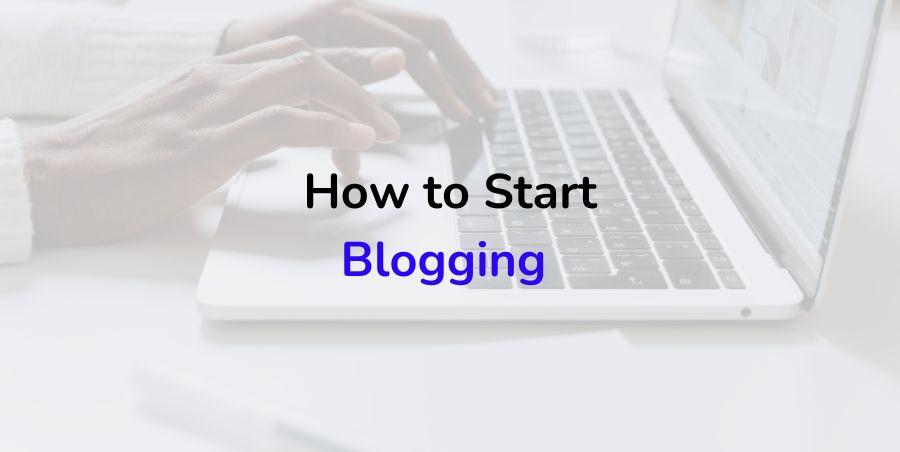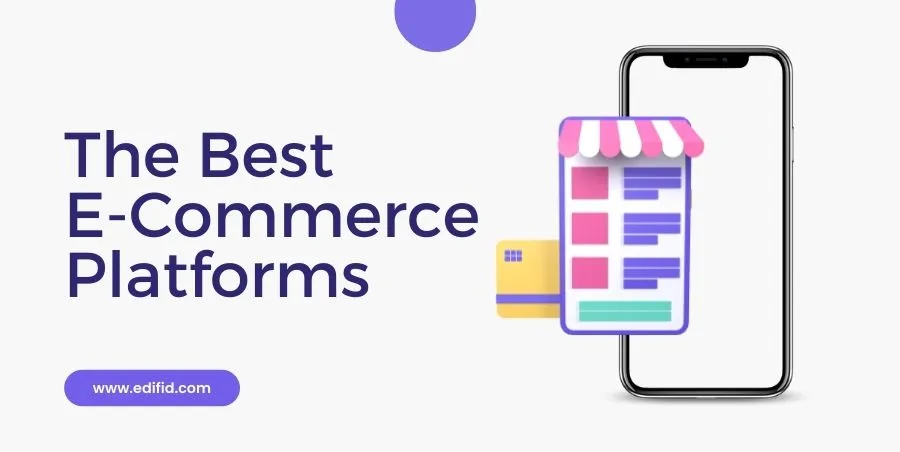Over 84% of publishers join affiliate marketing. A whopping 94% of publishers join 2 or more affiliate programs, while 39% and 20% of publishers use 3 or more and 5 affiliate programs, respectively – Influencer Marketing Hub.
So, if you’re wondering whether you can be rich through affiliate marketing, this guide has all the answers you’re looking for. Just don’t skip any part, and learn how to get started with this second most popular monetization alternative for bloggers after Google Adsense.
Disclosure: This content is reader-supported, which means if you click on some of our links, we may earn a commission, but the price on your end remains the same.
What is Affiliate Marketing?
Affiliate marketing refers to a performance-based marketing strategy in which a merchant (mostly an online retailer), pays a website (affiliate) a commission for every customer referred via the website’s promotional activities – like email campaigns and blogging.
In simple terms, it is a revenue-share program that allows publishers (creators) to recommend a company’s products or services to an active audience in exchange for a commission. So, for the affiliate to be paid, their promotional activities must result in actions – like email sign-up or sales.
It’s worth noticing that in the US alone, expenditure for affiliate marketing could reach $8.2 billion in 2022, an increase from $7.4 billion in 2021. From only $1.6 billion in 2010, the spending on this marketing strategy has been increasing yearly.
And you know what that means? More and more businesses are incorporating affiliate programs in their marketing campaigns, which means more money for publishers.

Types of Affiliate Business Models
Generally, not all affiliate networks are based on sales. The three most popular affiliate business models include:
- Pay-Per-Click (PPC): The publisher or affiliate get paid per every single click to the advertiser’s (or merchant) link, regardless of whether a lead or sale happened. But this approach is unpopular since the advertiser (product creators) bears all the risks.
- Pay-Per-Lead (PPL): Rather than the merchant bearing all the risks, this model shares the risk between the merchant and the affiliate. That’s why the affiliate gets paid for every lead generated. Lead, in the context of digital marketing, typically means action made by the visitor, like trial creation, form submission or pre-purchase.
- Pay-Per-Sale (PPS): In this model, an affiliate only gets paid for leads that translated to sales. PPS is very common and puts all the risks on the affiliate.
Now, before I show you how to get started the right way, let’s understand the affiliate parties.
Parties in Affiliate Marketing
There’re four main parties involved in affiliate networks, namely:
- Creators: Also referred to as creators, affiliates or publishers, creators offer to promote a brand’s products or services in exchange for a commission. They get affiliate links, promote them on their platforms (websites, blogs, social media, YouTube) and earn.
- Marketers: Also known as merchants or product creators, marketers find affiliates to promote their products and share revenue with them. Sometimes, they seek networks to connect them with reliable publishers.
- Networks: They are intermediaries between the creators and marketers. In addition to connecting brands with publishers, they also streamline various processes like commission payout, account management, and reporting.
- Consumers: Customers are the end-user of the products being produced by the merchant and promoted by the affiliate.

How to get started with Affiliate Marketing
Step 1: Create a Platform & Select a Niche
For brands to accept you into their affiliate programs, you’ll need to demonstrate authority. And you can do so by starting a niche-focused blog, having a strong social following, or being a known influencer.
For bloggers, you can create your own blog on WordPress on your own. Or create a free one with Blogger.com, Medium.com or Google Sites.
So, the first thing you’ll have to do is decide what type of creator you want to be, who your target audience is and what platform you intend to use. All the brands want to see is an active following – whether it’s an email list, blog traffic, or social engagement.
Step 2: Build Audience & Trust
You already have a niche and platform, congratulations.
Now, you have to generate an active following and have your audience trust your brand and recommendations. I suggest you study what problems exactly your active audience is facing, their location, preference, and even income level.
And create content that is suited for them, to get them to trust your platform as a reliable source. That way, when you start including affiliate links in your content, they can confidently accept your recommendations and purchase the products though your links.
Building an audience should come first, and not making money. After all, an audience that trusts in you will always make you money automatically.
Step 3: Find Affiliate Programs & Products
Now that you know what problems your audience is facing, it’s time to find products that solve their problem. And you can work directly with brands, or join affiliate networks like Amazon Associates, CJ Affiliate, ShareASale, or Impact.
Single brands with affiliate programs include Fiverr, Dreamhost, and Bluehost. For instance, if you’re an SEO blogger, you can recommend SEO tools like Semrush and Ubersuggest.
I’d prefer you join at least two affiliate networks, and then find individual brands to diversify your portfolio. After all, you want to give your audience alternatives and honest recommendations, right?
Step 4: Promote Affiliate Products
After signing up for affiliate programs, you’ll be given links with unique tracking codes. Now, all you have is to share the links with your audience, for instance, through an email campaign, social media, or by inserting them in your blogs.
Remember, you have to create remarkable content promoting affiliate products. And then track how your links are performing, and optimize them further.
Let’s say you’re into the digital marketing niche and have got some web hosting companies’ affiliate links. You can write an extensive article reviewing each of them, even those without affiliate programs, to give your audience an unbiased review.
If you have a YouTube channel (create one if you don’t), you can include the affiliate links in the video description or community posts, and on social media platforms like Instagram and Facebook bio.
Step 5: Receive Payment
The amount you can earn from affiliate marketing generally depends on your reach and hard work. If you are a blogger, the amount is directly proportional (dependant) on your traffic, whether it’s organic, paid or from social media.
Not forgetting to mention the quality of your blogs (content) will adversely affect your revenue as well. If people can’t get solutions to their problems in your content, they definitely wouldn’t trust your recommendations.
So, keep optimizing your content, not just for SEO traffic, but also to better suit your audience.
Most Popular Affiliate Programs
According to Statista, Amazon Associate had the highest number of connected associates globally in 2021 (900,000). Then followed by ShareASale, Awin, Rakuten and ClickBank with 700,000, 225,000, 150,000 and 100,000 connected affiliates, respectively.

Other popular affiliate networks include:
- HubSpot
- Elementor
- AWeber
- Sendinblue
- ConvertKit
- GetResponse
- Fiverr
- Pabbly
- Unbounce
- Constant Contact
- Systeme.io
- Typeform
- Outgrow
- Thinkific
- Kajabi
- Teachable
- iSpring
- Shopify
- Leadpages
- Wix
- WP Engine
- Kinsta
- Bluehost
- Hostgator
- GreenGeeks
- Amazon Associates
- Target
But these aren’t the only options, just do your research, and find the best fit for your audience.
Conclusion
Affiliate marketing is an arrangement in which a company pays publishers (like bloggers and social media influencers) to advertise their products and services and generate sales.
It is the second most popular monetization alternative for bloggers. And to get started with it, just follow these 5 steps:
- Create a platform and find a niche
- Build your audience
- Sign up for affiliate programs and find products to promote
- Promote the products on your platform(s)
- Make Money
Now, let me know if you have any questions regarding this money-making strategy.
If you find the information resourceful, you can subscribe to our YouTube Channel and follow us on Facebook and Twitter for more updates and amazing content.
What affiliate network do you use, if any?

